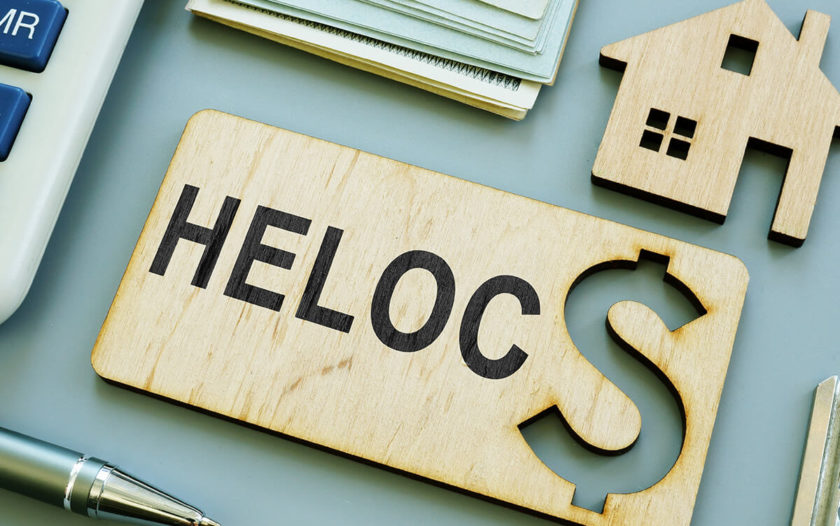HELOC Requirements: How to Qualify for a Home Equity Line of Credit
About Molly
Molly is a finance writer based in Portland, Oregon. She also covers software and environmental issues and is always on the lookout for a good vegan donut.
Read full bio
A home equity line of credit (HELOC) can be used for many things, from making home improvements and paying for college to consolidating high-interest debt. Lenders determine your eligibility based on your home’s equity, your credit score, debt-to-income ratio, and more.
What Is a Home Equity Line of Credit?
Available through banks and credit unions, a home equity line of credit allows you to borrow from the equity of your house, up to a set limit. Similar to a credit card, you only withdraw the money you need and only pay interest on the amount drawn. A HELOC often starts out with variable interest rates, followed by a fixed-rate period.
HELOC vs. a home equity loan
A HELOC is different from a home equity loan, where you borrow a lump sum at a fixed interest rate. Each loan option offers pros and cons, but if you like flexibility and you’re able to pay off the debt faster, a HELOC may be a better choice.
Basic HELOC Eligibility Requirements
Every lender has different qualifications for a home equity line of credit, though most will consider:
- Your home’s equity
- The combined loan-to-value ratio (CLTV)
- Your credit score
- Your debt-to-income ratio
These numbers will also affect the interest rate and terms your lender sets for your HELOC. Read on to dig into the details of each requirement.
Home Much Equity Do You Need in Your Home?
For a HELOC, you must have at least 20% equity in your property. Home equity is the difference between how much you owe and its current market value. For example, if you owe $75,000 and your home is worth $200,000, you have $125,000 in home equity.
A CLTV Ratio Below 80%
The most important number used to determine HELOC eligibility is the combined loan-to-value ratio or CLTV. The CLTV is the amount you want to borrow combined with what you already owe, divided by how much your home is worth. Unless you have a high credit rating, you may only qualify for a HELOC with a maximum combined loan-to-value ratio of 75-80%.
What is my CLTV?
To determine your CLTV, combine how much you want to borrow with how much you still owe (plus any outstanding loans or liens), and then divide it by your property’s value. Multiply by 100 to get the CLTV as a percentage.
For example, let’s say your home is worth $200,000. You still owe $75,000 on your mortgage, and you want to borrow $15,000. That means the CLTV ratio is 0.45, or 45%.
Combined loan-to-value ratio = (Mortgage Balance + Amount to borrow) / House Value
Credit Score Requirements
For a home equity line of credit, lenders always look at your credit score. A good score is better, but “good” is also open to interpretation. Some banks will only offer a HELOC to homeowners with a credit score of 720 or higher. Others may extend competitive rates to people with a score of at least 620, or only to those with excellent scores of 800 and up.
What if I have so-so credit?
Your credit score isn’t everything, though. While some lenders lean heavily on credit scores to determine if you’re eligible, others look at the big picture-incorporating factors like a good debt-to-income ratio. You may even qualify for a HELOC with bad credit.
A Qualifying Debt-to-Income Ratio
When considering your HELOC application, lenders will estimate your new debt-to-income ratio (DTI), including estimated monthly HELOC payments. The resulting DTI must remain below their maximum to qualify. Maximums vary, though the Consumer Financial Protection Bureau recommends keeping DTI ratios below 43%.
What is my new DTI?
To determine your potential DTI, combine all your monthly debt payments, including your estimated HELOC payment. Then, divide the sum by your gross monthly income. Multiply the result by 100 to get the DTI as a percentage. Or just use the calculator below.
Debt-to-income ratio = (Total of monthly debt payments + HELOC payment) / Gross monthly income









